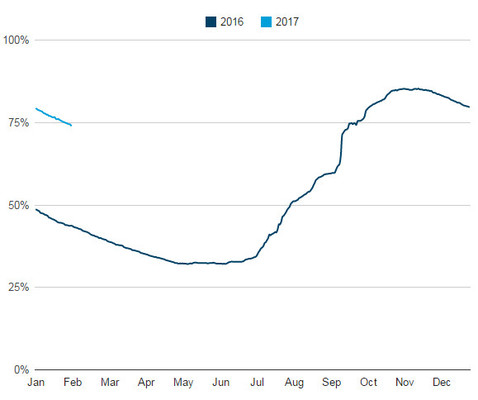Under the Weather, by Lindsay Smail
Relatively warmer-than-average nights and days characterised Geelong temperatures during January.
Maximums averaged 25.8C compared to the 30-year mean of 25.1C.
Daily minimums averaged 14.6C compared to the 30-year figure of 13.6C.
The temperatures translated to a January warmer than average although only six days were over 30C, which is normal for the month.
The month’s top temperature hit 37.6C on 7 January.
The coldest night was down to 9.4C on 25 January.
The coolest day was 3 January which recorded a maximum of 20.6C while the warmest night reached 25C on 8 January.
No temperature records for the month were broken.
However, the monthly rain figure was average to below average.
Only 34mm was recorded at Geelong’s official weather station in Breakwater compared to the 30-year average of 39.4mm.
The official Bureau of Meteorology for Geelong will show only 28mm because of a malfunction in the bureau’s equipment on 13 and 14 January.
The malfunction was fixed, but the recorded rain on those days – about 6mm – was left on zero due to some official refusal to alter the faulty figures.
The central and eastern Otways catchment areas recorded above average rain but areas closer to Geelong, the Moorabool catchment and the Bellarine Peninsula were mostly drier than average for January.
Rain was recorded on only six days for the month, including a relatively heavy 26.6mm during the 24 hours to 9am on 20 January.
The rain result left the region’s water catchments at 73.9 per cent of capacity by the end of the month, a relatively healthy figure for this time of year.
Other notable weather features in January included an absence of wind gusts above 60km/h, along with no storms or thunder-and-lightning days.
· Lindsay Smail operates Geelong Weather Services








